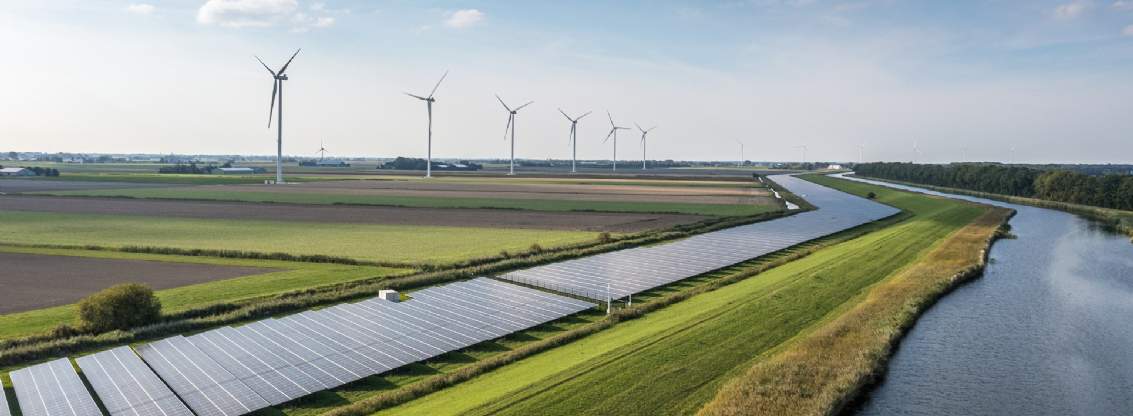The Labour Party manifesto made many ambitious pledges around sustainability, promising to transform Britain into a ‘clean energy superpower’. After just over two months in Government, it seems fitting to look at the decisions that have already been made and consider where we are heading.
One of the first milestones was establishing the role of Head of Mission Control for Clean Power 2030, Chris Stark to ‘turbo charge’ the UK clean energy by 2030. The appointment will provide greater focus on the delivery of key projects through obstacles that are holding up projects critical to the decarbonising the grid.
Decisions
Within days of the election, Ed Miliband, in his role as Secretary of State for Energy Security and Net Zero approved three major solar schemes that have a combined installed capacity of 1350 MW. This is a clear sign of intent from the Energy Secretary and great news for the developers of those projects. However, it would be wrong to assume that positive outcomes will now be the norm. These three schemes were already in the system and part of the handover between Governments. Projects will still need to be able to navigate a robust consenting process in order to progress.
Onshore wind
One of the first initiatives of the new Labour Government was to remove the de facto ban on onshore wind in England, which had been in place since 2015. These plans have revised the planning policy to grant onshore wind the same rights as other energy developments in the National Planning Policy Framework (NPPF).
So, what does this mean? In practice it is unlikely to have an immediate impact on the achievement of the 2030 target on its own and will need further reforms to both planning and grid to bring forward projects at an accelerated rate. We consider that the biggest opportunity for onshore wind in England is around small to medium scale projects delivering power at a local distribution or direct to consumers.
Offshore wind
On 31 July, the Energy Secretary confirmed a record Contracts for Difference (CfD) budget of £1.56 billion, an increase of nearly £500 million compared with the previous scheme. CfD is a contractual mechanism designed to incentivise investment in UK renewable energy projects.
To date, nearly 26GW of renewable energy capacity has been brought forwards through the CfD mechanism, underpinned by nearly 17GW worth of offshore wind. However, no new offshore wind projects were funded in 2023 during the fifth CfD allocation round (AR5), as highlighted in the chart below. One of the most significant new amendments is an attempt to reinvigorate investment in offshore wind. The Government has pledged £1.1 billion annually between 2027 and 2029, sending a strong signal to the industry to invest in UK waters and highlights its intent to fulfil its manifesto pledge to quadruple offshore wind capacity.
Realising this goal will require close to 58GW., there are currently 32GW in the planning pipeline correlating to a 12GW shortfall. This is equivalent to 72% of all the offshore wind previously funded by CfD, highlighting the scale of the new Government’s ambition.
Going forwards
The Government’s ambition is there, however developing a clear and coherent energy strategy is a far greater challenge, one that must be tackled if it is to meet its 2030 zero-carbon electricity target. Grid reform must become a top priority because, as it stands, none of this generation of assets can connect until 2037 or 2039, making a 2030 target impossible.

.jpg)







.jpg)
.jpg)